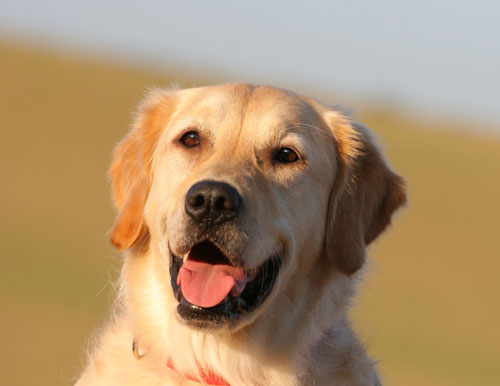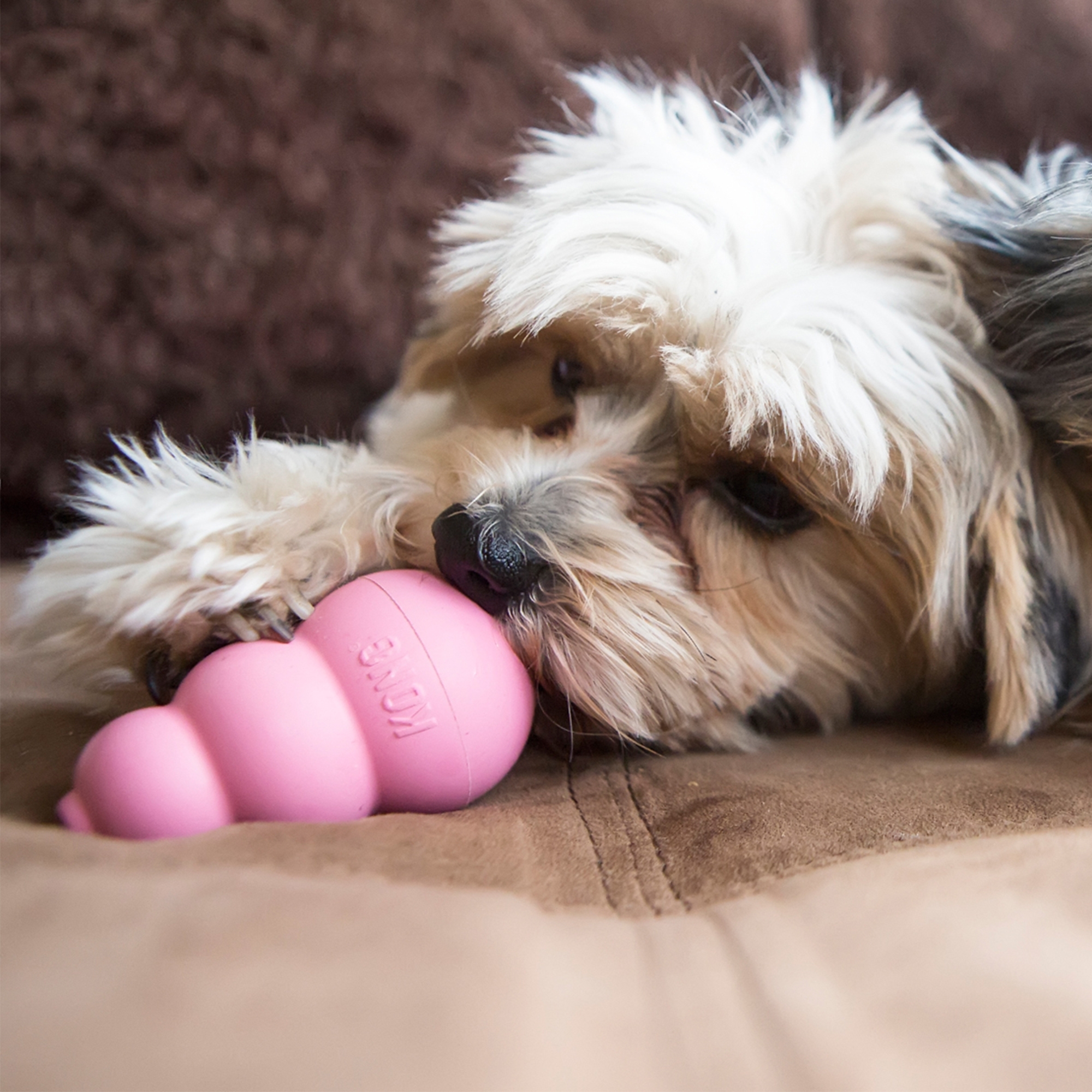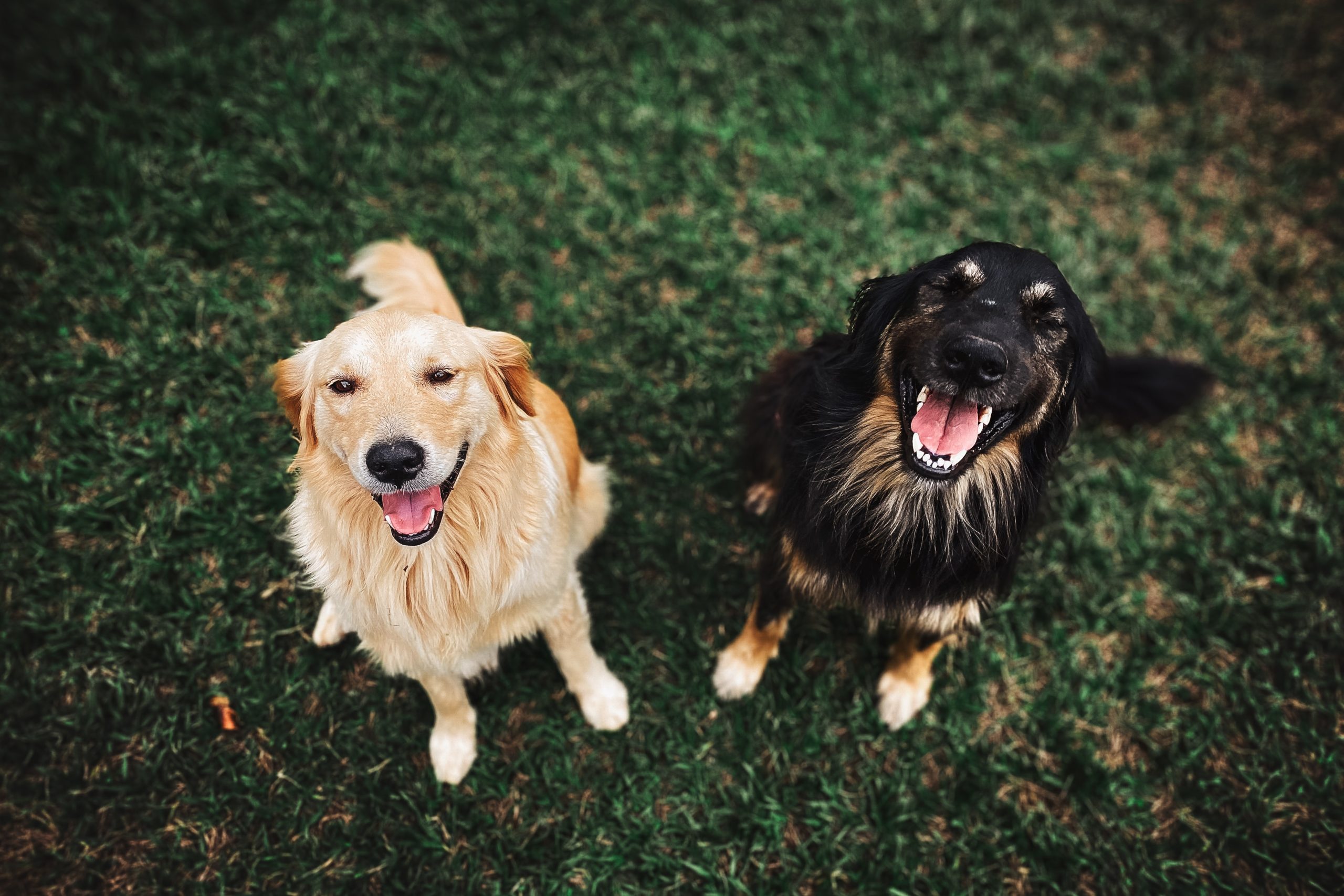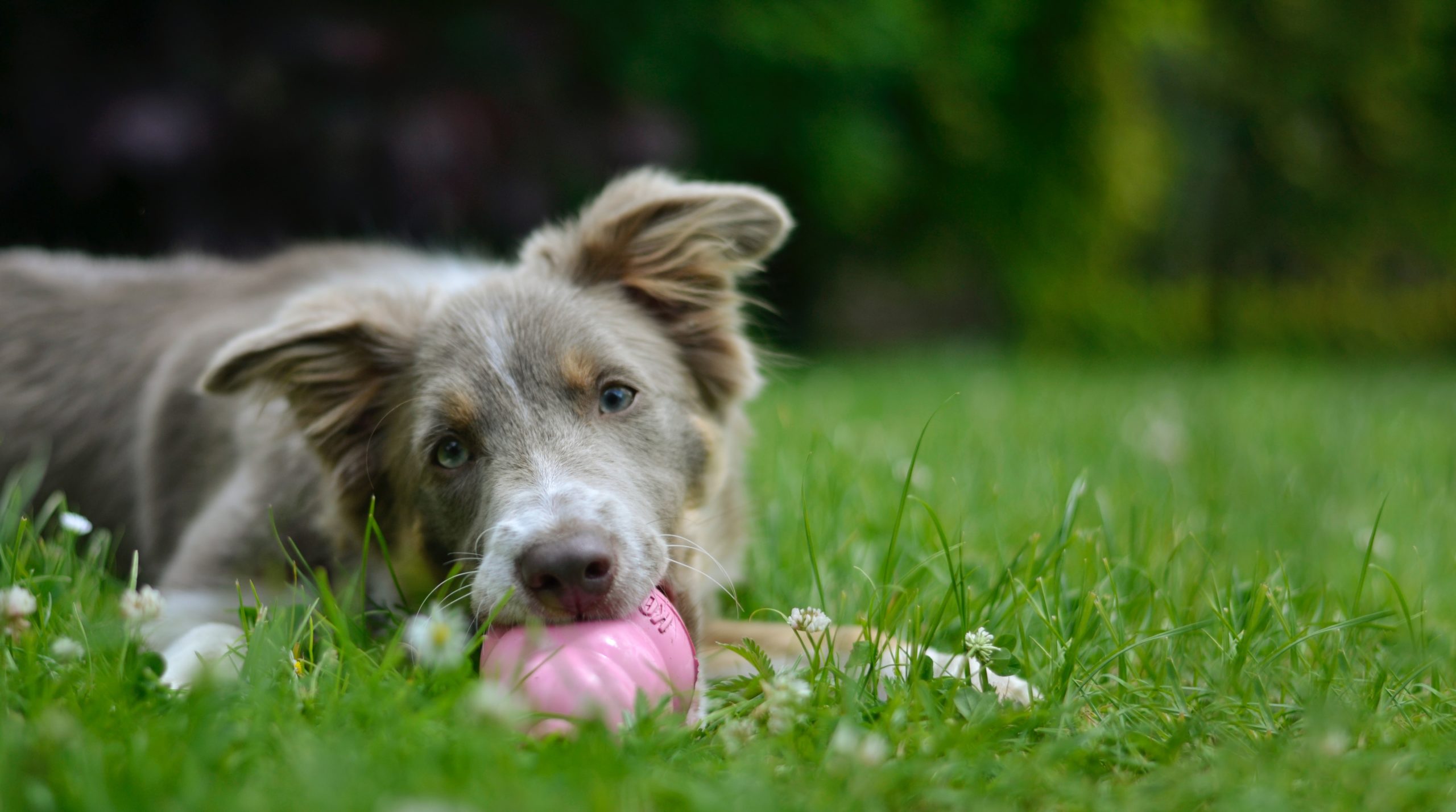A collar is necessary for attaching your dog’s identification and registration tags, as well as for attaching a lead to take your dog on walks. In many public areas your dog is required to be on a lead at all times. There is such a large variety of collars and leads to choose from that it can get quite overwhelming. Here is a guide to what’s available for your dog.
Choosing the right collar
Collars can be made from a variety of materials and come in many colours, patterns, and styles. The choice is staggering but the most important factors are to choose a collar that is the right size and weight for your puppy or dog and that it has been fitted correctly.
Choose a collar that is neither too heavy nor too light for the kind of dog you have. Big, strong dogs require a heavier and wider collar than smaller dogs. Puppies are best with a soft nylon collar or a thin leather collar. Have the collar fit snugly so it won’t slip off, but not too tight – you should be able to fit 2 fingers between the collar and the dog’s neck – and cut off any over-long strap that the dog may chew. A collar with a snap–type plastic fastener is a popular alternative to buckle collars and the length is easily adjusted.
Never use chain collars (also known as ‘check chains’ or ‘choker chains’) on young puppies. If you are considering a chain collar for your dog, a harness or head collar is an effective and more humane alternative.
Nylon collars
Nylon collars are durable and machine-washable. They are good collars for dogs that spend a lot of time in the water and they don’t stain as easily. Narrow and soft nylon is ideal for puppies and smaller dogs, while wider and heavier duty nylon webbing is suitable for larger dogs. Some collars are made from the same materials used for camping, hiking or surfing gear, perfect for the active dog! There is a large range of colours and patterns you can choose from to suit the most fashion conscious dogs, plus many have matching leads.
Leather collars
Leather collars are hard wearing and long lasting. Over time they are softened naturally by the oils in your dog’s skin. Leather collars come in many different colours, styles and widths, with thin leather or suede collars being most suitable for puppies and smaller dogs. Look out for studded leather collars for the ‘tough’ dog!
Harnesses
Harnesses are good for dogs that pull while they are being walked, which would normally tug the collar and choke or damage the dog’s throat. The harness sits around the dog’s chest and ribcage, avoiding the delicate throat area. Some harnesses have attachments for car seat belts to help reduce the dog’s movement while travelling in the car, but they should not be treated as a safety device.
Head collars
Head collars or halters are useful training devices for dogs that tend to pull while walking. Light pressure on the muzzle and back of the dog’s neck imitates the action of a mother dog on her puppies. Using the head collar signals to your dog that you are the pack leader and, in conjunction with positive reinforcement and appropriate rewards, is an effective way to assist in training your dog to sit and to not jump or pull during walks.
Choosing the right lead
There are many types of leads available, normally one to two metres in length, including many that match your dog’s collar or harness. Make sure the thickness and strength of the lead is suitable for your puppy or dog. It is best to start your puppy with a shorter lead to allow you to maintain control. Long leads are good for training dogs on recall or allowing for a roam in the park or on the beach while still maintaining control.
Some leads are available with an extra lead section or clips to allow you to walk two dogs on the same lead. Very short “traffic” leads are useful for off-lead training or when moving around with a trained dog in a crowded area (such as a dog show).
Nylon leads
Like nylon collars, nylon leads are very durable and machine-washable. They come in a variety of widths, lengths, styles and colours to suit all dog breeds and sizes. For maximum comfort on walks, look for a lead with a padded handle.
Cotton leads
Cotton webbing or cotton rope leads are washable, strong and easy on your hands. They are available in a variety of widths or thicknesses, lengths and fashionable colours.
Leather leads
Leather leads are strong, hardwearing and long lasting. Over time, the leather in the handle softens from the oils in your skin, making it easier to grip and gentler on your hands.
Chain leads are very strong, weatherproof and are useful for dogs that tend to chew during walks. They are available in a range of thicknesses and feature handles made from comfortable materials including nylon, cotton or leather.
Retractable leads
Retractable leads can extend to allow more freedom for your dog. A spring action controls the length of the lead as the dog walks and a braking system allows you to stop the dog from travelling further, or lock it at a certain length. Retractable leads are good for controlling larger dogs and are best for dogs that have already been trained to walk and heel. However, they are not recommended for use in smaller or crowded spaces, including in veterinary clinic waiting rooms.




